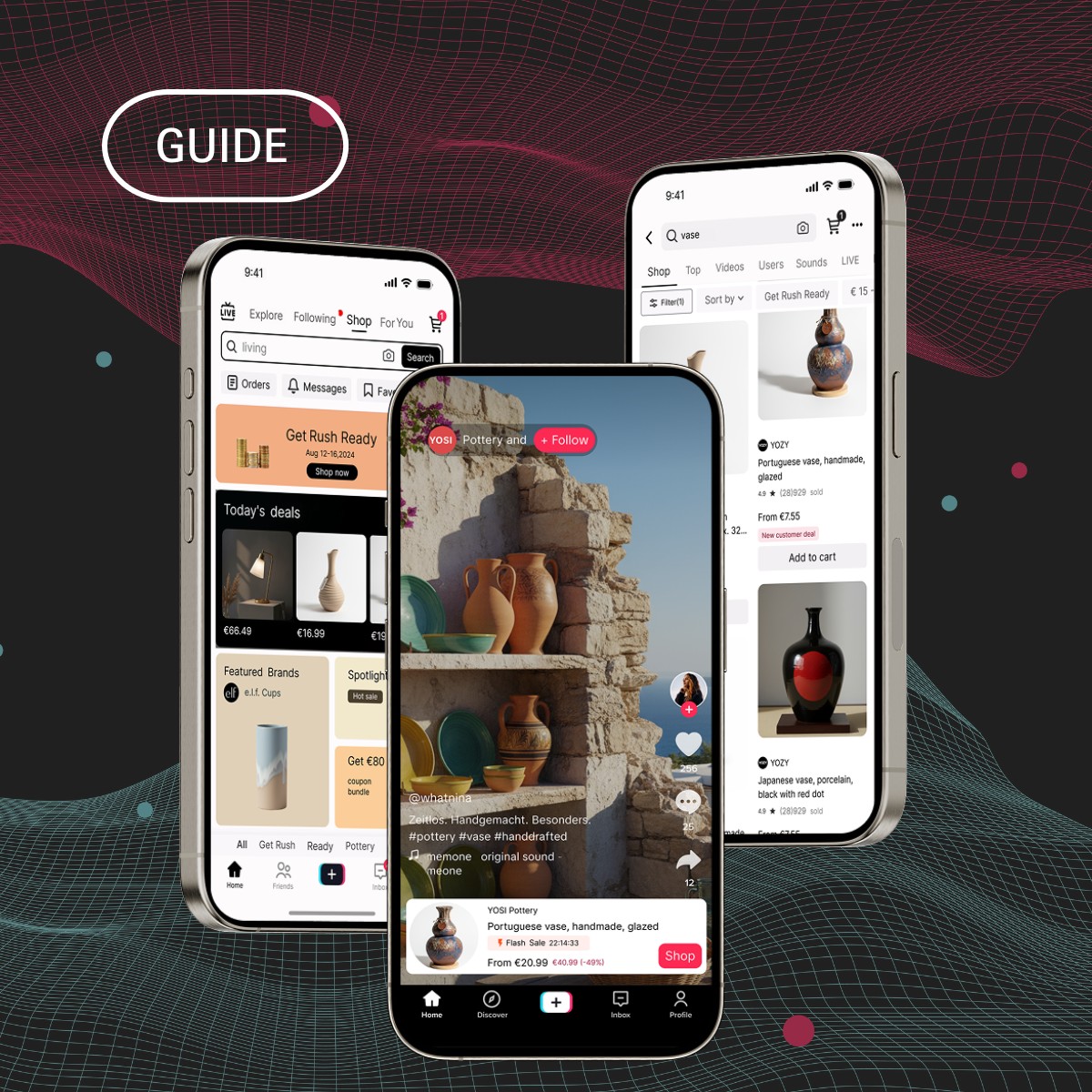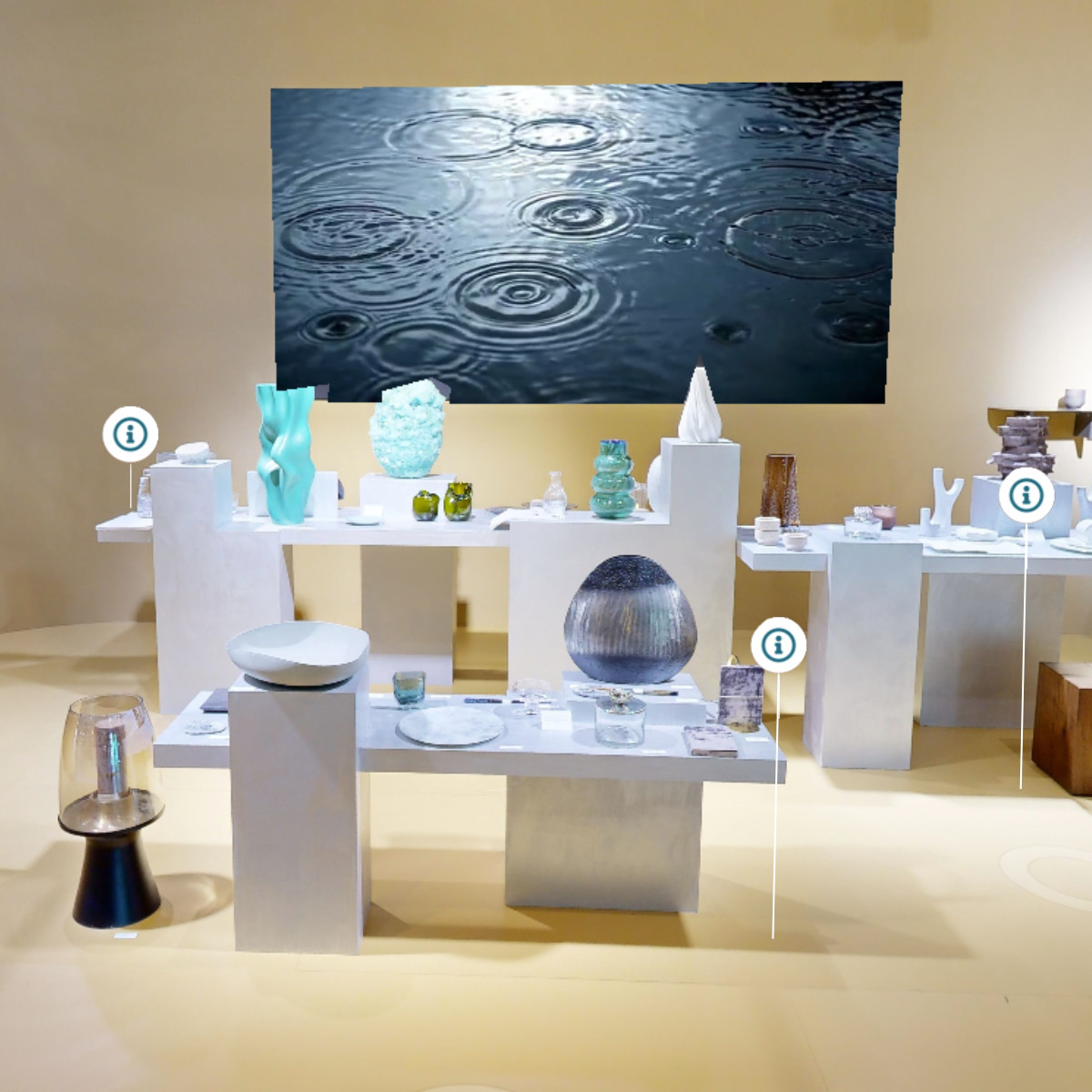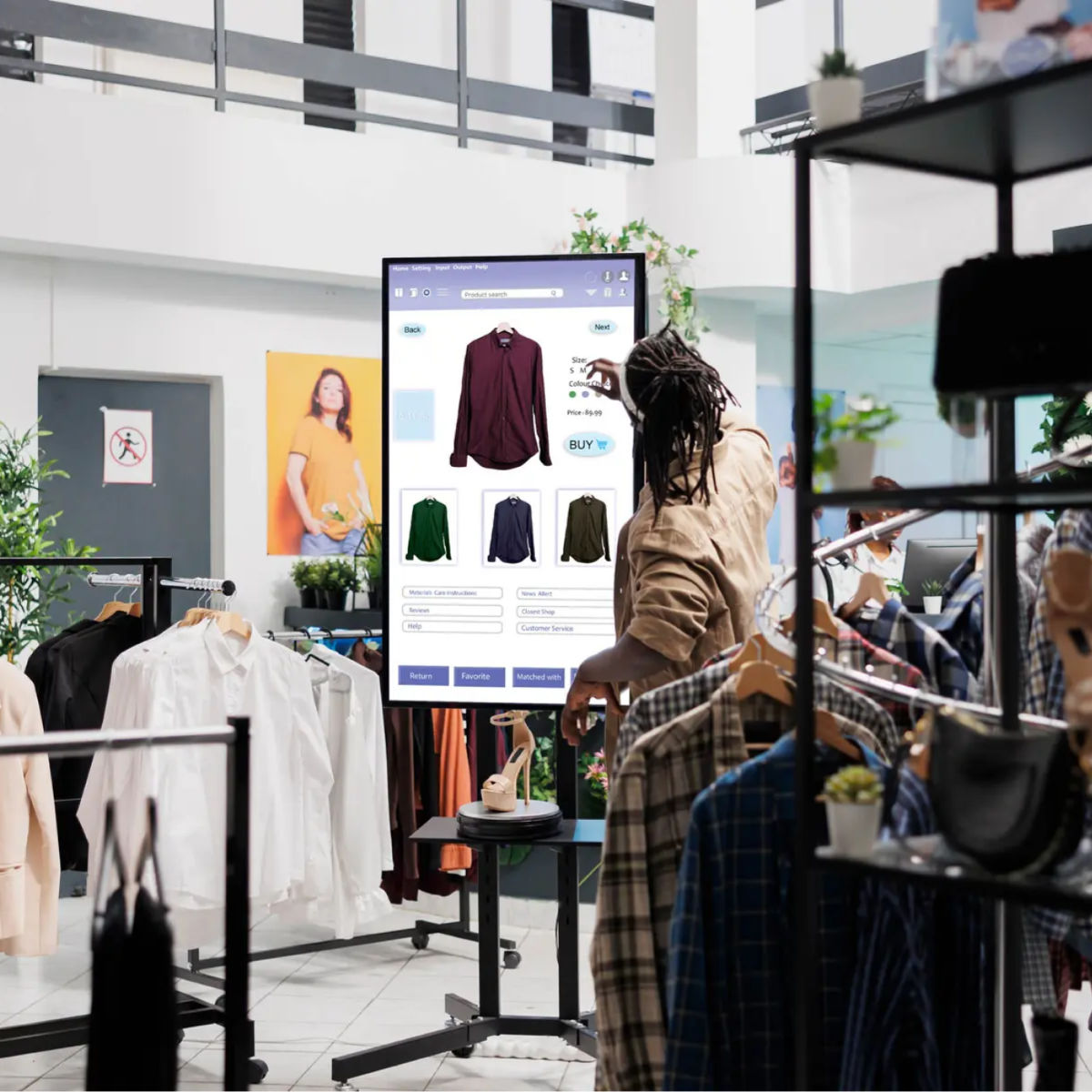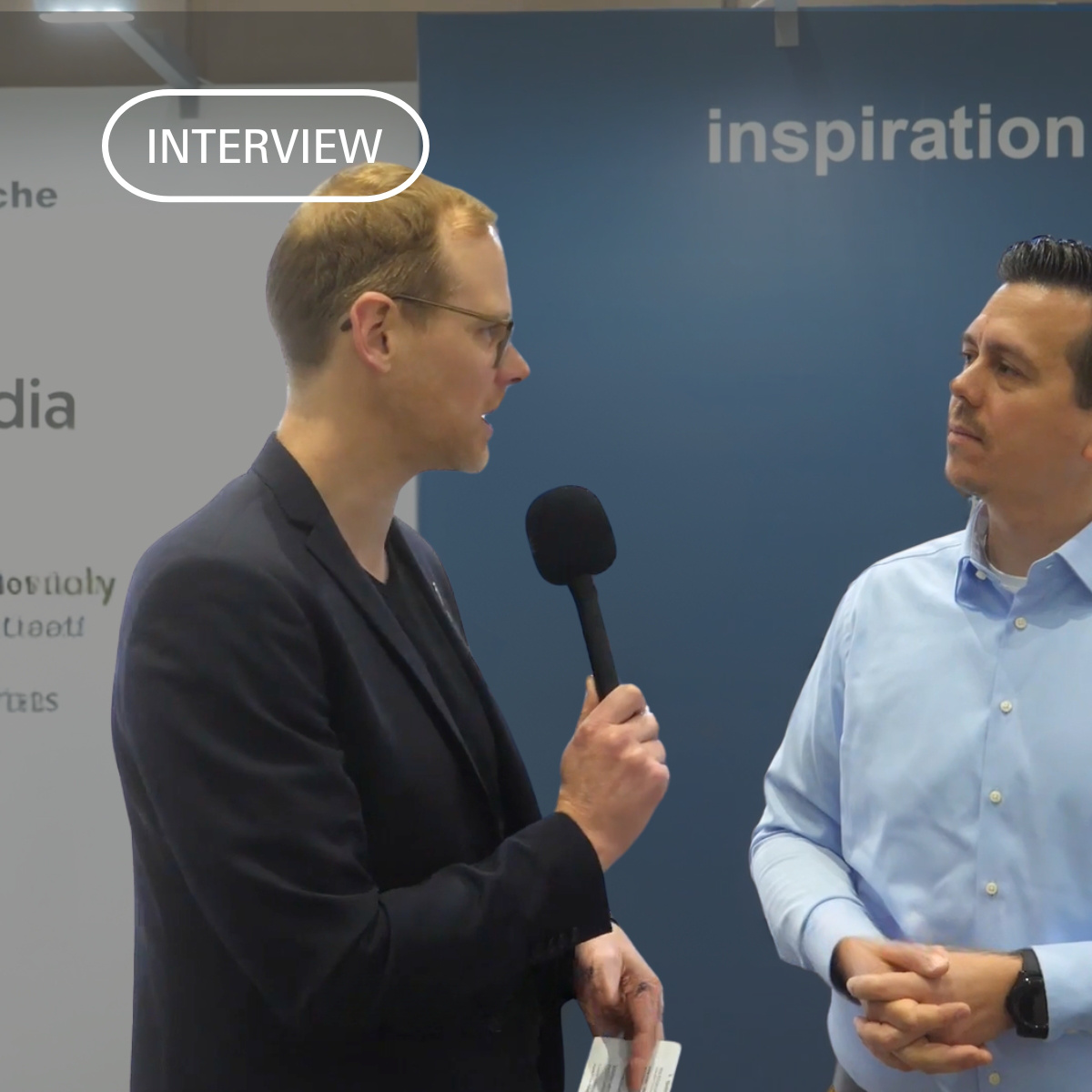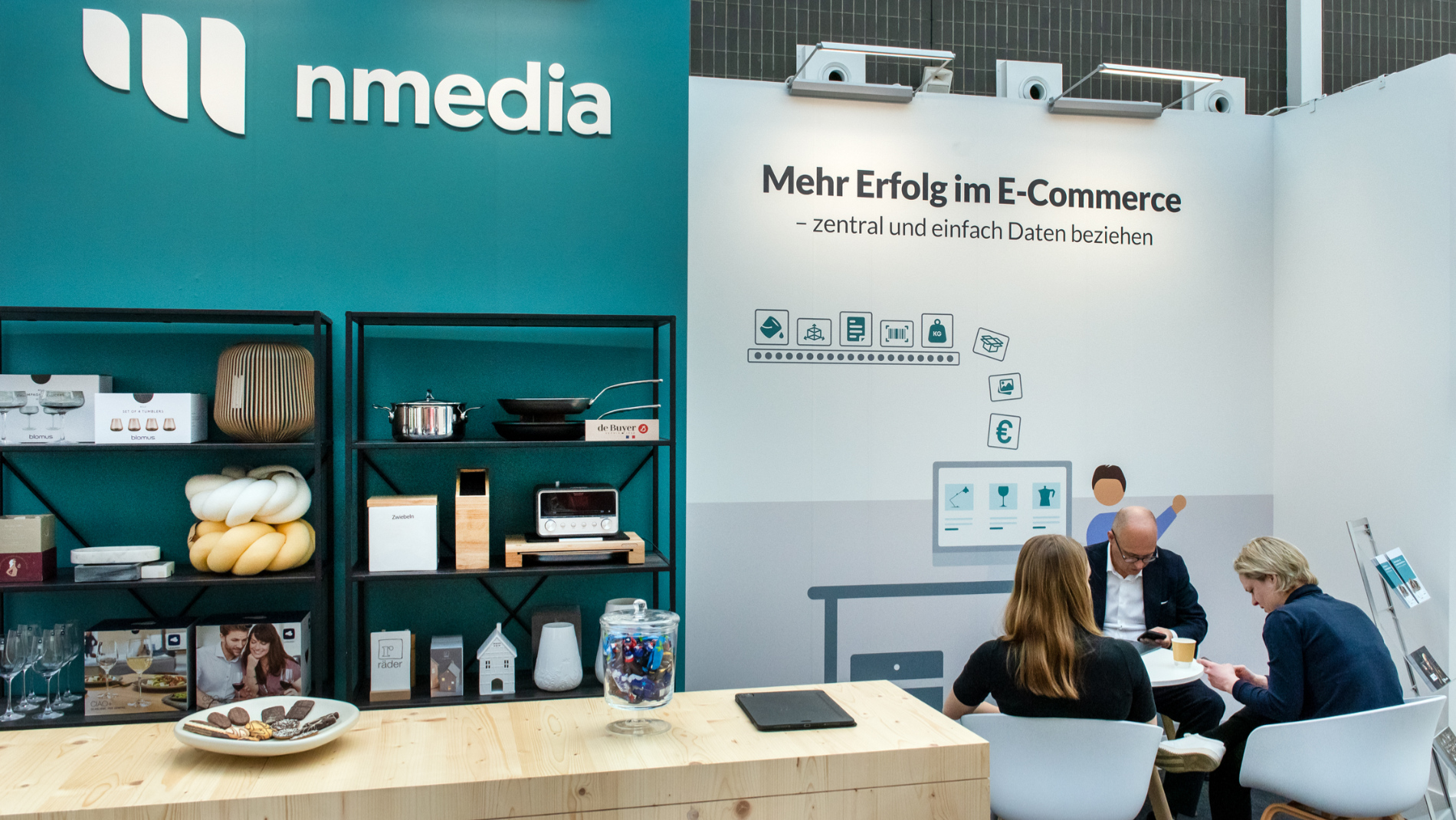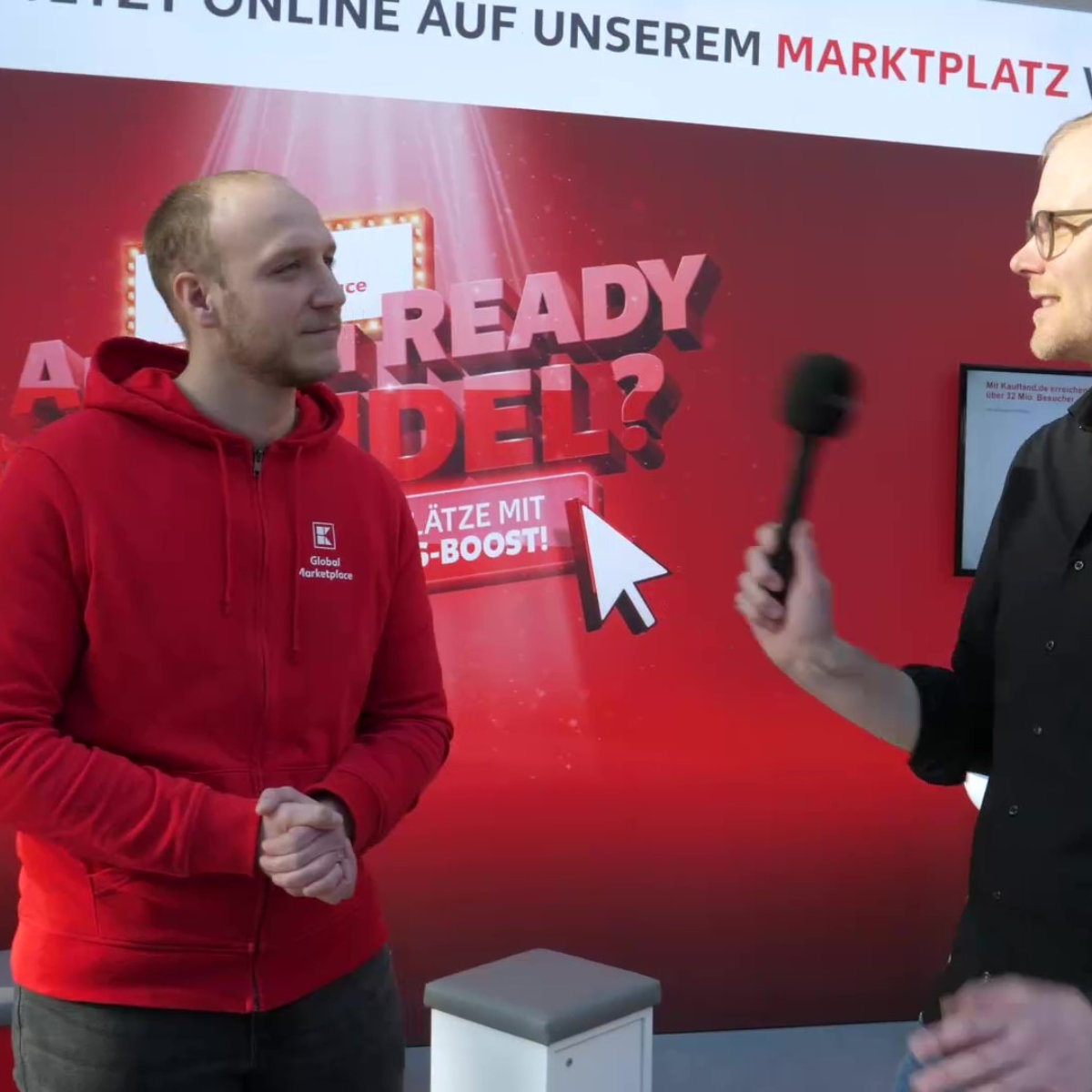Live shopping is an interactive sales channel that combines advice, entertainment, and purchasing. For retailers, it opens up new opportunities to excite customers, increase conversion rates and enrich the shopping experience emotionally – a key element in retail 2030.
What is Live Shopping?
Live shopping refers to a digital sales format in which products are presented via livestream and can be purchased immediately. Retailers engage directly with their target group in real time, answer questions, and create a shopping experience that fuses emotion and interaction.
The blend of entertainment, consultation, and instant purchasing makes live shopping a core part of digital social commerce. On platforms like Instagram, TikTok or dedicated tools, a simple sales process becomes an event – relevant to a young, digitally savvy audience.
Insights into technological trends in retail show that formats like live shopping are key drivers in the digital transformation of the industry.
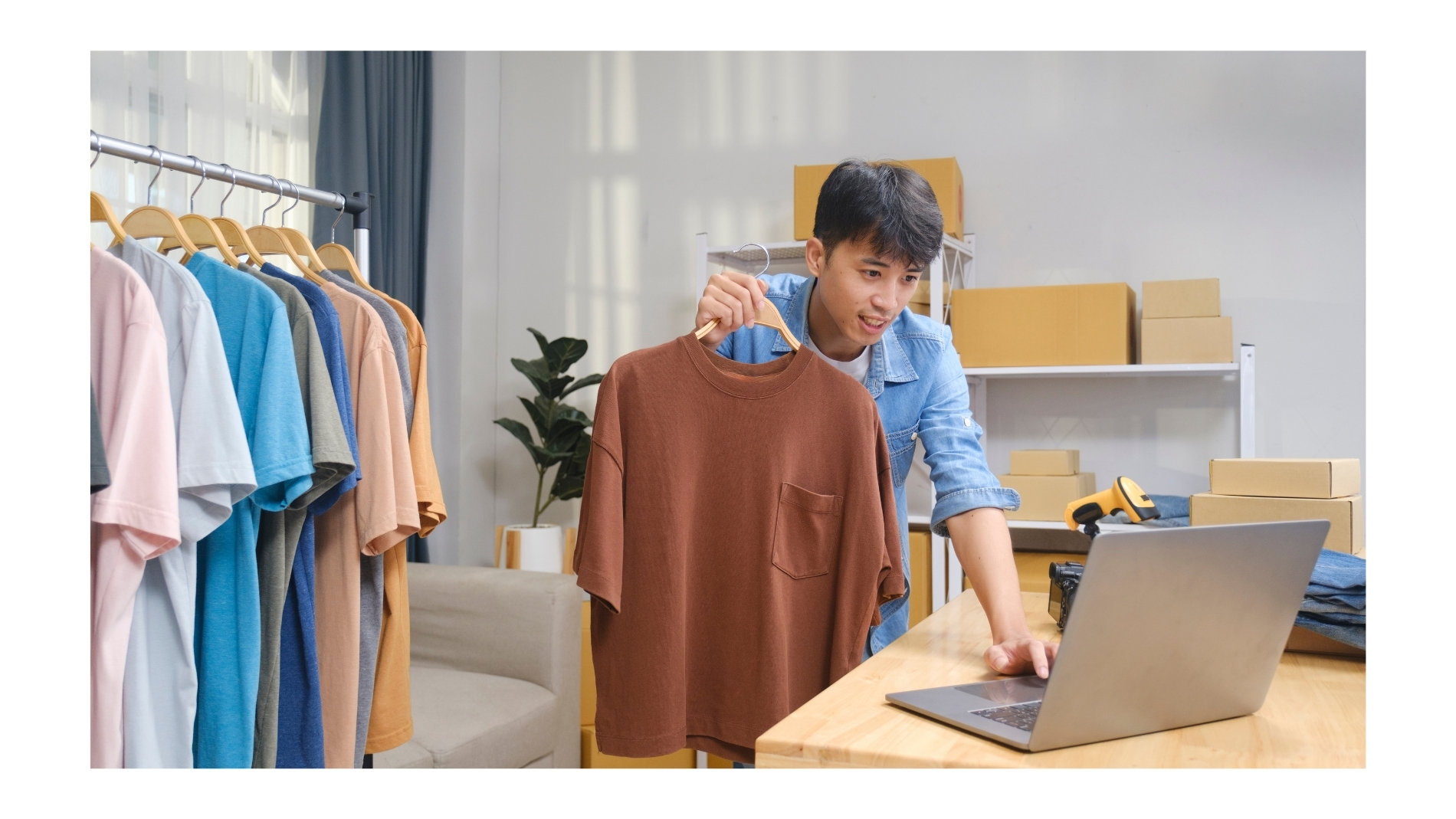
Live Shopping in Retail 2030
The future of shopping is hybrid, connected, and customer-focused. With live shopping, retailers can bring together the best of both the online and offline worlds. It appeals particularly to consumers who seek inspiration and individuality. And this is precisely where live shopping excels: products are showcased in a fitting context, brand closeness is established, and a direct dialogue with the audience is created.
A look at China – once again a pioneer – highlights the enormous potential: there, live shopping has been well-established online for around eight years and gained significant momentum during the pandemic. Today, around 500 million people in China use this form of shopping – more than a third of the population. Approximately 10% of all online purchases are now made through live shopping events1.
This paints an exciting picture for the German market too: user numbers and revenue from live shopping are steadily increasing. In sectors like lifestyle, beauty and electronics, acceptance is growing continuously. Find out more about the future of retail here.
Added Value for Retail: Why Live Shopping is Worthwhile
Businesses benefit from live shopping on multiple levels – in terms of both brand building and direct sales. The combination of product presentation, interaction and real-time offers makes it a powerful sales tool:
- Higher conversion rates: Direct engagement and real-time product demonstrations offer better decision-making support – significantly increasing the likelihood of purchase. Companies report conversion rates of up to 30% .
- Valuable customer loyalty: Personal interaction through live chat fosters trust and closeness. Authentic hosts or well-known brand ambassadors strengthen the connection to the audience.
- Strong brand image: Live shopping allows room for creative storytelling. Businesses can present themselves as relatable, modern and customer-oriented.
- New customer activation: Many users discover products for the first time through live shopping formats – an effective way to expand reach.
- Increased traffic: The exclusivity of live sessions and time-limited promotions like discounts or deals draw more visitors to the shop.
- Fewer returns: Products are shown in detail and questions answered on the spot, leading to more realistic expectations. This reduces return rates.
- Sales channel expansion: Live shopping is a powerful element in modern omnichannel strategies and integrates effectively with social media.
- Direct customer feedback: Businesses receive immediate reactions to their products and presentations – a valuable asset for product development and marketing.
- Efficiency and cost-effectiveness: Compared to elaborate video campaigns, live shopping is often more affordable to implement.
Implementing Live Shopping: What to Consider
Um Live- To successfully execute live shopping, a well-thought-out strategy is essential – along with technical and organisational know-how:
- Platform choice: Whether via your channels or social media – the choice influences reach and audience.
- Technology & setup: Camera, lighting, sound – professional quality pays off.
- Hosting & authenticity: Presenters should align with the brand and seem credible.
- Product presentation: Live doesn’t mean unprepared – thorough preparation is key.
- Shop system integration: Seamless purchase processing is vital.
Explore more in our article on social commerce.
Risks and Challenges in Live Shopping
Despite the many opportunities, live shopping also comes with challenges:
- Consumers have high expectations regarding quality and pace during a live shopping event.
- Legal aspects such as data protection, advertising disclosures and purchase processing must be carefully addressed.
- Many consumers still lack trust in the format – mainly due to concerns around data privacy, payment, and returns.
- Running regular live shopping formats requires significant planning, staff and technical resources.
- Technical failures during live broadcasts can seriously disrupt the user experience.
For smaller retailers in particular, a strategic approach is crucial to avoid pitfalls and leverage live shopping trends effectively.
Conclusion: Live Shopping as a Future Opportunity for Retail
Live shopping is a powerful format that smartly combines information, interaction, and sales. It offers companies the chance to reposition themselves, increase their reach and strengthen long-term customer loyalty.
In the context of Retail 2030, live shopping is an investment in the future – and a key component of any digital sales strategy.
Frequently Asked Questions about Live Shopping
How does live shopping work?
In live shopping, products are presented in a livestream and can be purchased instantly. Customers can ask questions via integrated chat, which are answered live by the host.
What is a live shopping experience?
A live shopping experience combines shopping, entertainment and interaction. Customers receive personal advice and authentic product presentation – almost like in a physical shop.
What is a live purchase?
A live purchase refers to a direct transaction made during a livestream. Through on-screen buttons or links, viewers are taken straight to the product in the online shop.
1 Tagesschau (2024): „China: Livestream-Shopping boomt“
2 McKinsey & Company: https://www.mckinsey.com/capabilities/growth-marketing-and-sales/how-we-help-clients/clm-online-retailer
